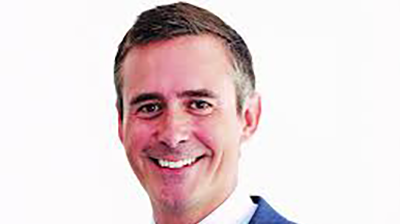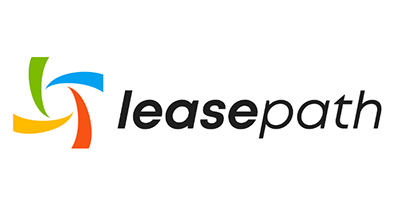
We marvel at today’s breakthroughs in quantum computing, artificial intelligence and robotics that blur the lines between the physical and digital worlds. Every industry in every country feels the impact.
New inventions bring changes to our lives, our culture, our politics and our work. It demands equally transformative commercial models to keep pace with emerging customer requirements.
Users of products and technology no longer want traditional models that require lengthy commitment periods. They are unwilling to risk underutilization, which equals waste. Obsolescence is considered both a cost issue and a competitive weakness.
It should come as no surprise that subscription models are replacing traditional acquisition and leasing models as customers search for greater value, more agility and an improved experience.
These models are emerging as managed solutions, managed services, “as a service,” utility, pay per use, etc.
Although they may have different names, they represent a shift to the 'uberization' of financing.
What’s propelling this change?
There are a number of factors creating a powerful domino effect.
It’s the perfect storm with a predictable outcome.
- By 2025, 75% of the workforce will be millennials. As emerging industry leaders, they embrace agility in both personal and work lifestyles. Because they also value the sustainability of the planet, they will reject agile models that are wasteful.
- Sustainability initiatives and regulations will aim for the elimination of waste not only through the design of products but also in how they are used and recycled. In addition to environmental benefits, the recirculation of products and materials will lower manufacturing costs, reduce price volatility and open new markets to recycled assets.
- The ability to manage a less wasteful economy will be powered by ‘big data’ where the Internet of Things will connect everyday objects to the internet. In addition to performing self-maintenance or other tasks, intelligent assets will create, gather and transmit data for predictive analysis. We’ll know everything about the device including where it’s located, how it’s being used and whether it requires maintenance. The power of this information can support higher levels of utilization.
Output or subscription-based models will become the norm rather than the exception.
How do we prepare?
The status quo of the traditional financing process will be disrupted as we engage in new models that better align the objectives of customers, service providers and manufacturers.
At a minimum, careful consideration should be given to the following:
- Contracting and sales process: Service providers or manufacturers will step forward as the contracting party with end users instead of lessors/funders. This creates new challenges in monetizing transactions if funders have less than a clear line of sight to payment commitments. For manufacturers and service providers, revenue recognition and sales strategies will also need to be carefully managed.
- Performance risk management: In addition to credit risk, it’s inevitable that the relevance of hell-or-high-water clauses will be challenged by performance risk. This is further complicated with indemnifications required if there are multiple parties to the solution.
- Pricing and residual risk management: Pricing is largely dependent on the level of customer flexibility embedded into the contract as well as the ability to manage the residual process. Successful residual strategies can significantly mitigate risk and enable more relevant market pricing. Residual strategies can include recycling, shared use, residual guarantees, shared risk, etc.
- Billing and collection: Customer billing may require both fixed and variable billing infrastructure. If multiple parties are engaged, processes need to be defined for pass-through billing, revenue recognition, issue resolution and cash distribution.
- Security and post-sales support: Customer relationships are dependent on the quality of the contract performance. This includes proper management of customer usage data in a secure environment.
It’s clear that the demand for managed solution transactions is gaining momentum.
Funders, service providers and producers of goods will need to navigate this change through effective collaboration.
It’s Time for Bold Moves
The financing industry has not seen this level of disruption since its inception. It’s not just in how we define assets, measure usage and calculate payments. It’s likely to be equally disruptive in how we pay for services through crypto currency or track transactions through blockchains.
It’s not a time to be timid. Although there is comfort in staying the same, it will take bold moves with bold leaders to leverage these new opportunities.
Diane Croessmann is a director with The Alta Group’s management consulting practice. She can be reached at dcroessmann@thealtagroup.com. For more information visit http://thealtagroup.com/managed-solutions/.






